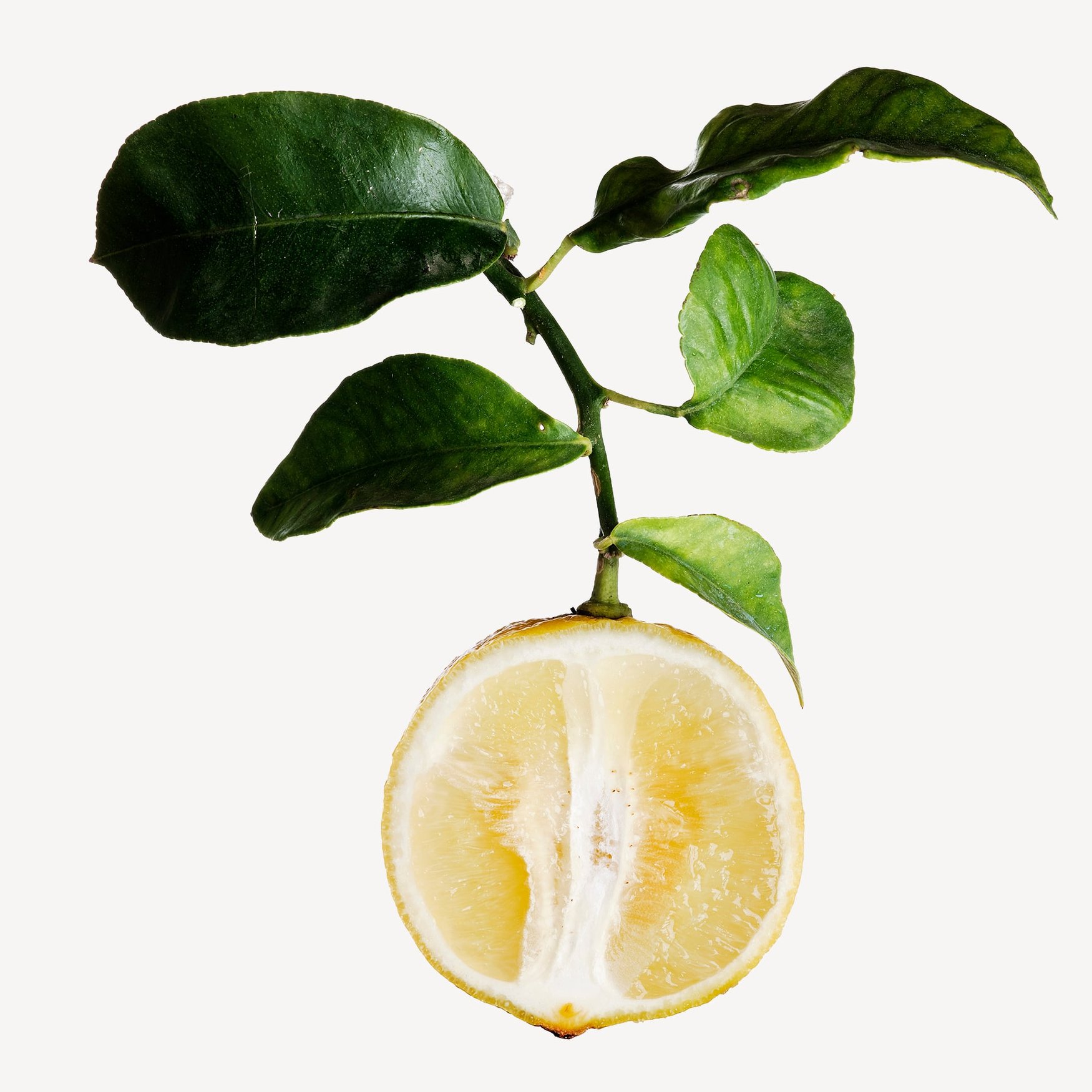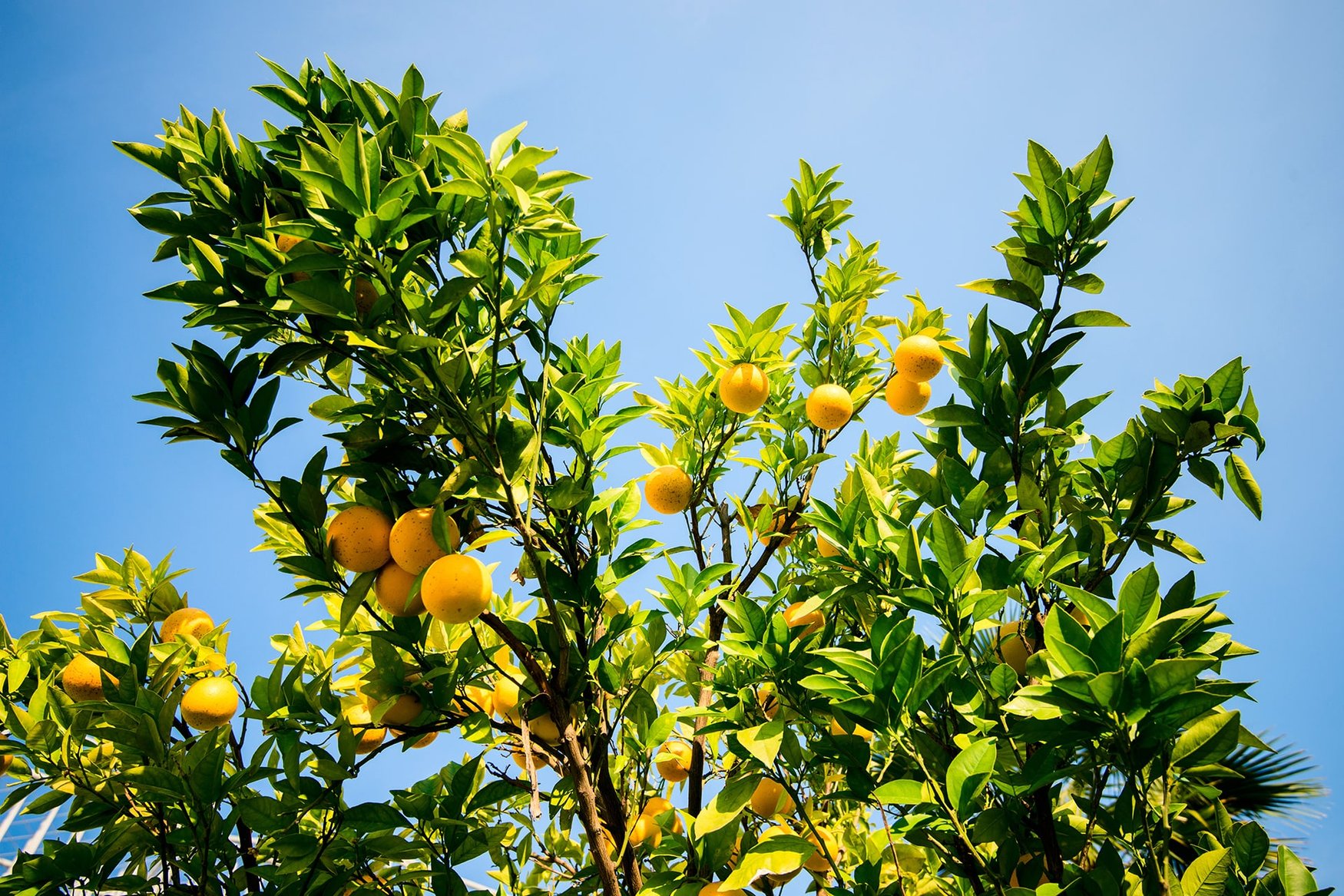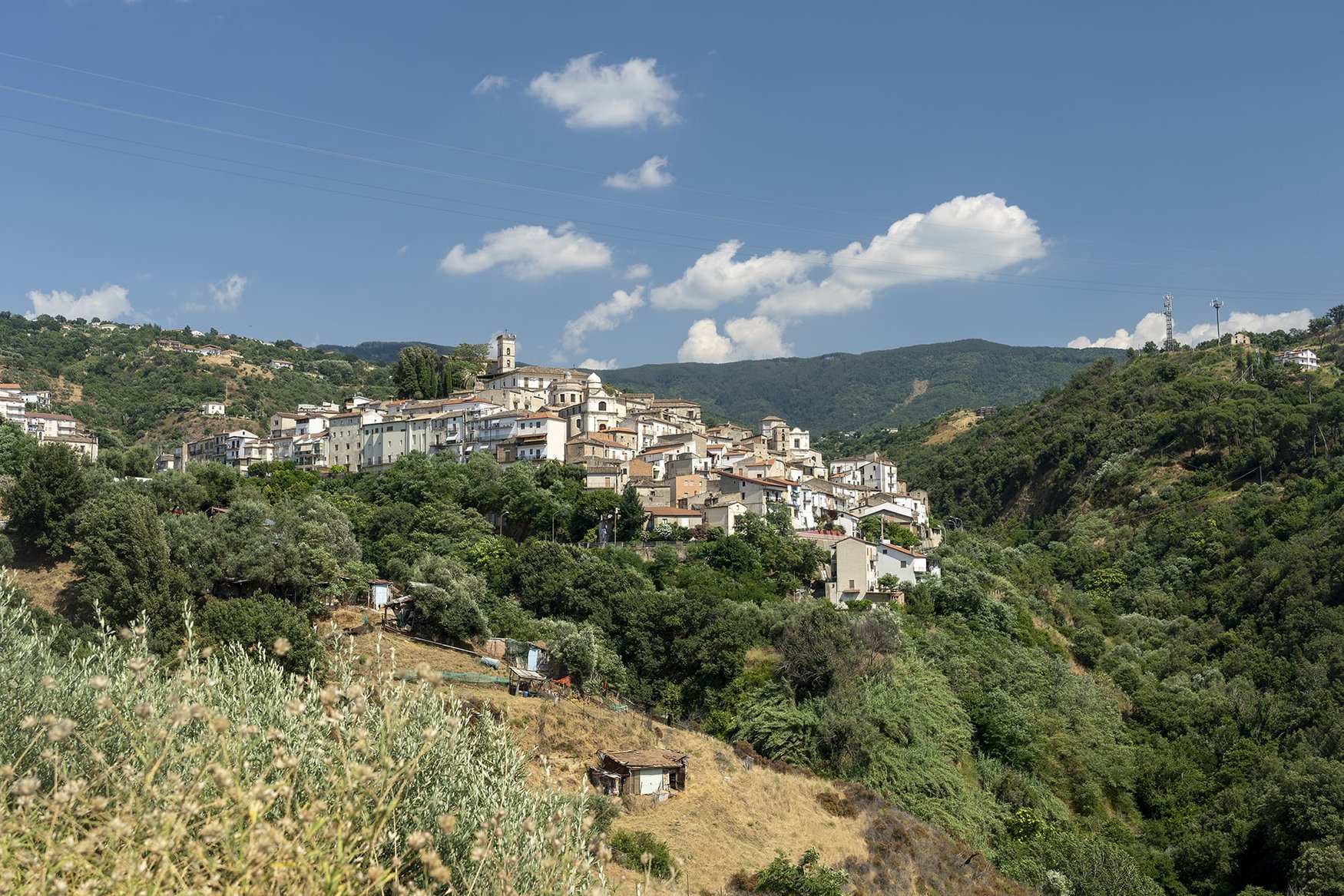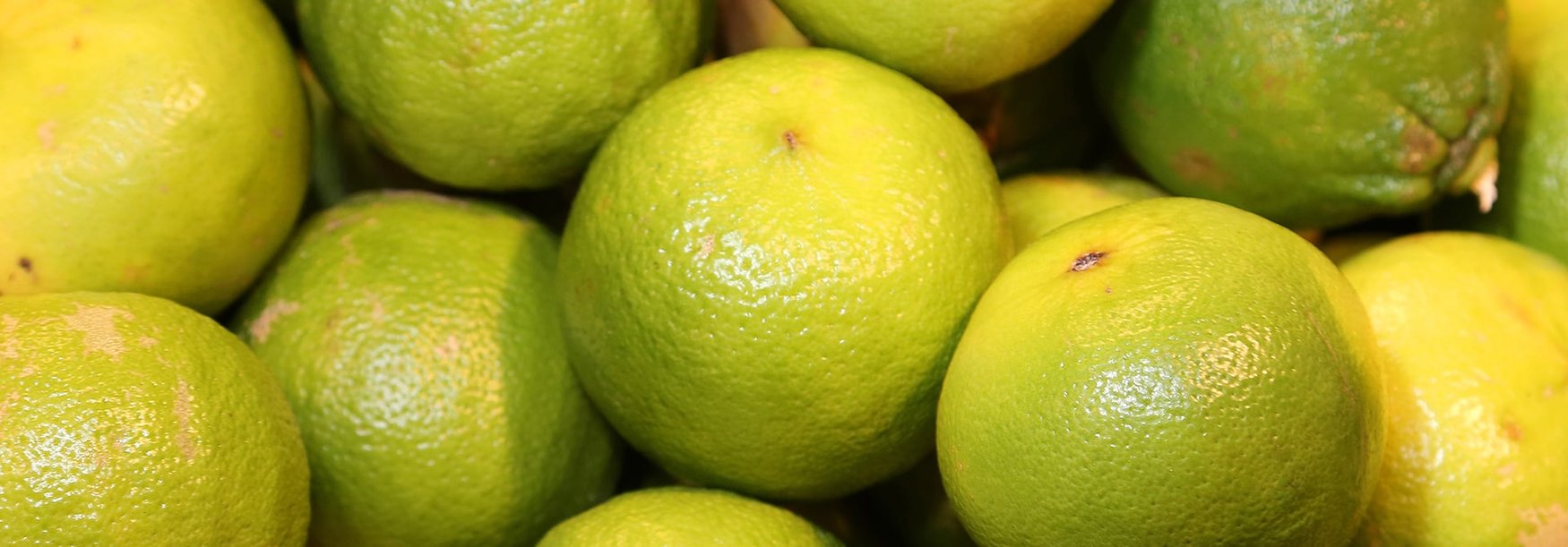Bergamot
With a more suave note than lemon. A fresh, soft, floral lavender, peppery and sparkling scent that reminds Earl grey tea.
Bergamot: the endlessly dynamic note with the ability to lift and enhance warm, woody scents or add a splash of life to floral fragrances in need of a zestful, spicy twist. This effortlessly suave ingredient is the height of popularity across many fragrances, offering a peppery and sparkling kick reminiscent of sweet summer mornings or lazy spring days. Its fleeting lightness blends seamlessly with a wide variety of fragrance families.
Data sheet
- Type
- Extraction Method
- Used parts
- Natural raw material
- Cold expression
- Rind, fruit zest





